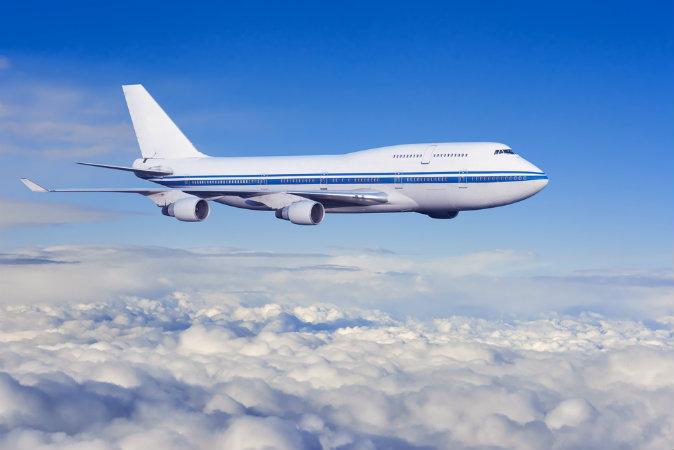The obesity crisis is currently a hot topic in the flight industry, with some airlines charging passengers by their weight and others adding larger seats.
Frequent flyers have become accustomed to the idea that the heavier their luggage, the more likely it will be to cost more to put it in the hold.
Airlines have trained their passengers to check their weight allowance and keep within it by imposing a hefty financial penalty for going over the limit. The reason is understable as the fuel needed to fly is based on the weight of the overall load during the flight.
So would it not be fair to charge a 250lb passenger double compared to a 100lb passenger? According to the Samoan national carrier, Samoa Air, whose destinations include French Polynesia, North Cook Islands and North Tonga, not only is it fair, they are implementing this.
According to the airline: “You are the master of your Air‘fair’, you decide how much (or little) your ticket will cost. No more exorbitant excess baggage fees, or being charged for baggage you may not carry. Your weight plus your baggage items, is what you pay for. Simple.”
Their formula is indeed simple: they will calculate passenger and cargo weight and charge per kilo. Depending on the flight, each kilogram (2.2 pounds) will cost between 93 cents to $1.06.
Ryanair mooted the idea to their passengers in 2009 following a poll saying a third of passengers supported it. But this was dropped as the no-frills airline said there was “no way to collect it without disrupting its 25 minute turnarounds and its online check-in process”.
That’s fine for the airline. but what about the general lack of wiggle room on flights? Many a flyer will have inadvertently made contact with seatmates — brushing of knees, elbows, that kind of thing — and may even had the subtle fight for the arm rest. But nothing can beat the discomfort of being squashed between two hefty passengers whose body spans spills into your space.
Copyright © 2014 by The Travel Magazine. This article was written by Sharron Livingston and originally published on thetravelmagazine.net
*Image of passenger airplane in the clouds via Shutterstock





